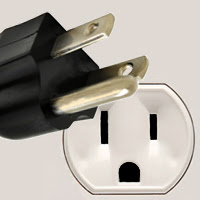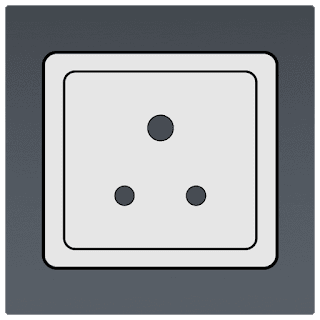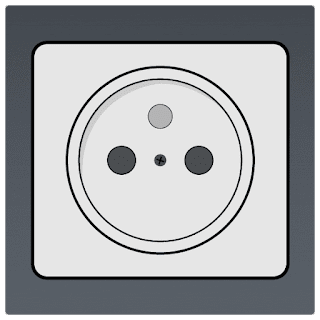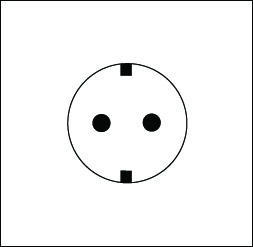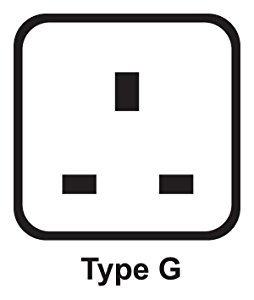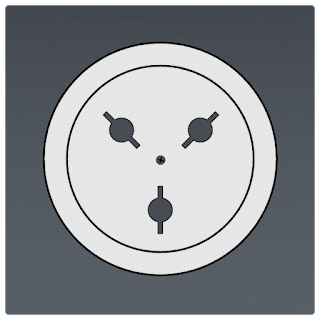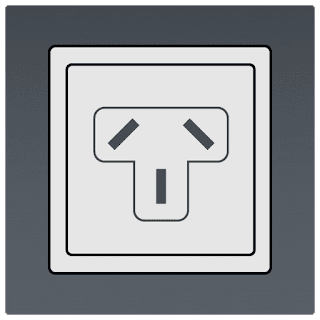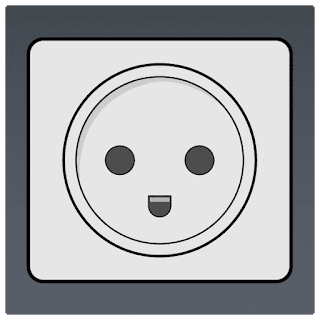Travel Tip Tuesday - Adaptors
Travel Tip Tuesday - Adaptors
Travel adaptors (and converters) are important items to have when traveling internationally with electronic devices and appliances. Countries around the world use different electrical outlets and configuration varies from country to country. If you are bringing electrical devices and appliances abroad, chances are you will need a specific adaptor to plug in your devices.
Before you plug in any electronic device brought from the United States make sure you check the voltage used by the country you are visiting and confirm that your device is a multi-voltage device.
If the US and Canada use 110 - 120 volts and most other countries use 220-240 volts. If your device is not dual voltage and not able to adjust automatically to higher voltages typically found abroad then you will need a converter to step down the voltage so you don’t ruin your device.
Adaptor Outlet Guide
Plug shapes, holes, sizes, and sockets vary in different countries. Currently, there are 15 different electrical outlet configurations used around the world.
Type A
Type A is used in North and Central America, Venezuela, the Caribbean, and Japan. This outlet has two flat parallel prongs and almost always runs on 110-120 volts. The Japanese plug has two identical flat prongs, the US plug has one prong that is slightly larger. It is not a problem to use Japanese plugs in the US but, the opposite doesn’t always work because the holes at the tip of the prongs on type A and B plugs are there to prevent the plug from slipping out.
Type B
This is used in North and Central America, the Caribbean, and Japan and has two flat parallel prongs and a grounding pin. It is standard in North America and Japan. Most American outlets are Type B and are almost always 110-127 volts.
Type C
This plug is used in all European countries except the United Kingdom, Ireland, Cyprus and Malta and has two round prongs known as the Europlug. This outlet is also used in South America. This outlet has two round openings for prongs and generally runs on 220-240 volts.
Type D
This is used in India, Sri Lanka, Nepal, and Namibia.
It has three large round pins arranged in the shape of a triangle. It is rated at five amps.
Type E
This outlet also has two round openings for prongs and runs on 220-240 volts. The difference between type C and Type E is that type E has a round protruding pin and is rated up to 16 amps. This is used in the Czech Republic, Belgium, France, Poland, Slovakia, and parts of Africa.
Type F
This socket is used throughout Europe including Germany, Austria, the Netherlands, Sweden, Norway, Finland, Portugal, Spain, Eastern Europe and Russia. It was invented in Germany and runs on 220 - 240 volts and are rated up to 16 amps. It is similar to Type C without the pin that fits into the slot located on the plug.
Type G
This socket is used in the United Kingdom, Ireland, Cyprus, Malta, Singapore, Malaysia and Hong Kong. It is a three-pronged outlet with slots in the shape of a rectangle and arranged in a triangular pattern. They run on 220-240 volts and are rated up to 13 amps.
Type H
This is used only in Israel. It is similar to a B outlet with two flat prongs, but they form a V shape rather than being parallel. They also have an earth pin.
Type I
This outlet is found in Australia, New Zealand, Argentina, and China. It has two narrow flat prongs in the shape of a V and a sometimes have a ground prong. All run on 220 - 240 volts and are rated at 10 to 15 amps in Australia.
Type J
This outlet is found primarily in Switzerland and Liechtenstein. It is similar to a Type C outlet except that it has an earth pin. They run on 220-240 volts and are rated up to ten amps.
Type K
This socket is found exclusively in Denmark, Greenland, and the Faeroe Islands. It is similar to that of Type F except that it has an earth pin instead of grounding clips.
Most of the images for this blog are courtesy of the International Electrotechnical Commission that has a complete list of countries and the type of wall socket and volt that can be found there. For a link to that site click here. For a complete list of voltage by country please click here.



